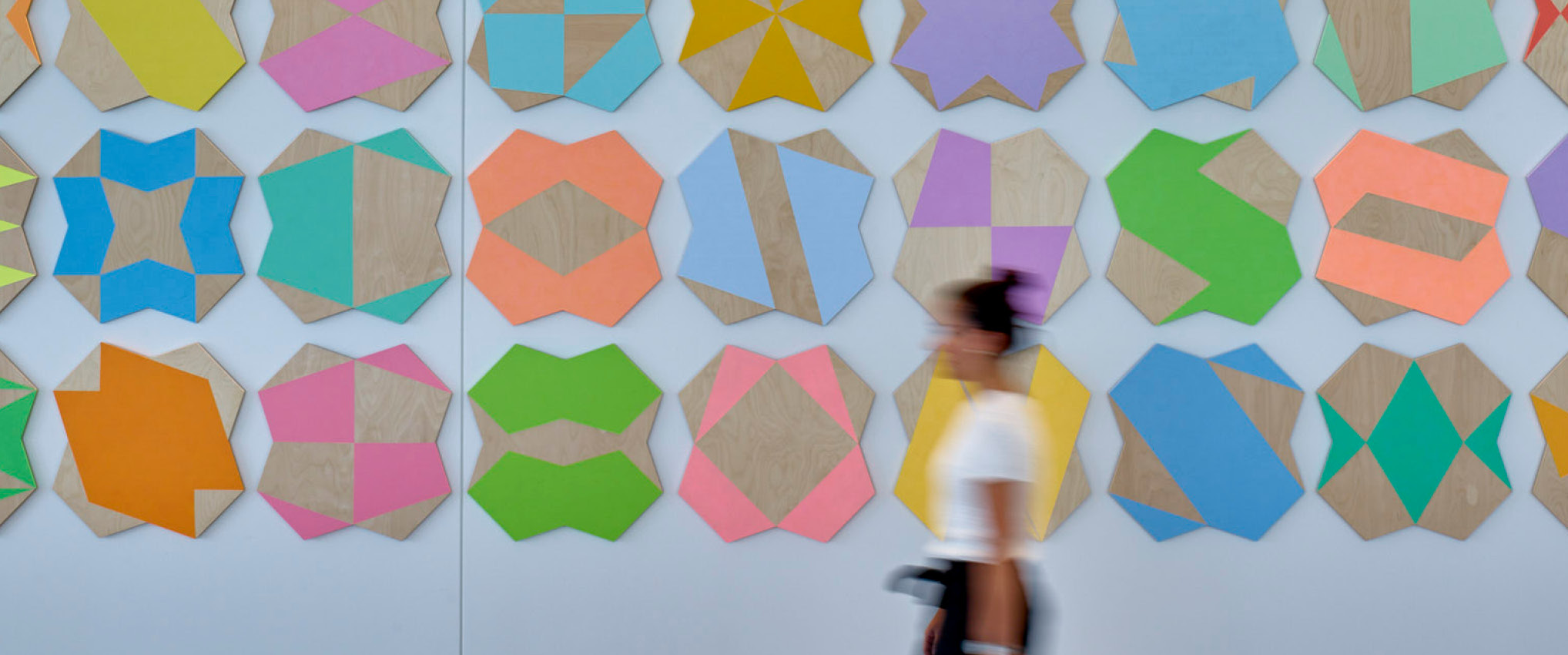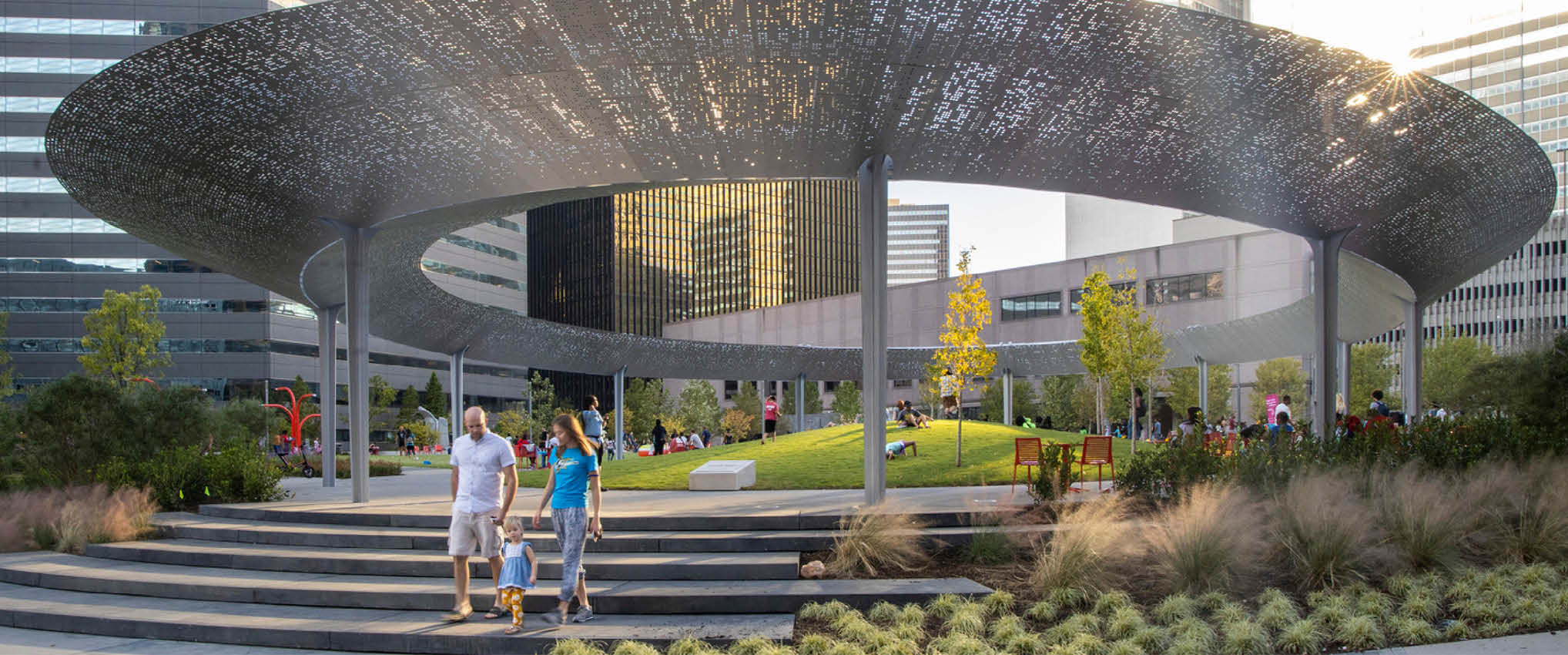
Texas Christian University Amon G. Carter Stadium TCU's Reimagined Amon G. Carter Stadium Is a Throwback to its Historical Roots
Fort Worth, Texas, USA
The Challenge
HKS was initially hired to do a phased master plan for renovations to Texas Christian University’s Amon G. Carter Stadium that would create a unique collegiate facility with premium product, upgraded seating bowl and fan amenities. The design and construction had to be scheduled such that the stadium could be used during the football season while construction was still in progress, and without affecting other nearby sports facilities. Also, with the proximity of the stadium to campus, the university required that the new design fit with the vernacular of the other parts of the TCU campus.
After the completion of the first couple phases of the stadium renovation, HKS was retained to do design work on TCU’s Daniel Meyer Coliseum (now Schollmaier Arena) and the adjoining indoor basketball practice facility. The university wanted the arena design to not only have its own identity, but to also compliment both the football stadium and campus architecture.
In addition to this work, HKS was hired to do a master plan study for the school’s Lupton Baseball Stadium with the design and construction of a new indoor batting tunnel building.
The Design Solution
HKS’s relationship with TCU began in 2008 with the construction of the South end zone addition consisting of a minimal number of suites and club seats. This initial addition acted as a “model home” to gauge future demand for premium product on a larger renovation project. This addition showed that there was a demand for more suites and club seats and HKS was retained to further study a major renovation to the West and North sides of the stadium along with a future East expansion.
To meet the challenge of making the stadium available during the season while still under construction we worked closely with our consultants and with the general contractor. We made sure that we issued specific documents early so that the general contractor could be far enough along during the off season so that when the season started, TCU was able to still play at the stadium while using a portion of the new construction before it was completed. We also worked closely with the general contractor to develop a plan to get the spectators safely through the construction zone before and after the game.
During HKS’ research for design drivers for the bigger master plan study for the stadium, the stadium’s original 1930’s design documents were discovered. These showed that the original stadium design was based on a Southwestern Art Deco style but was not fulfilled in the original design. This Southwestern Art Deco style became the design driver for both the stadium renovation and the adjacent basketball arena.
Many of the buildings on the overall TCU campus also featured some similarities to the Southwestern Art Deco design with the use of arches and similar detailing.
By using the approved TCU brick blend and the use of arches and stone detailing, we were able to deliver on TCU’s request to compliment the broader campus architecture while simultaneously giving Horned Frog athletics a new image for its football program by harkening back to its historic past.
The Design Impact
The HKS designs for both Amon G. Carter Stadium and the adjacent Schollmaier Arena helped transform two outdated structures into facilities that will meet TCU’s athletic needs into the future. It has also created a more unified appearance for the athletic campus, which now compliments the whole of campus. In addition, both renovations have created a friendlier environment for both fans and student athletes while creating new revenue streams for both athletic programs.


Project Features
- 50,000 seats
- 53 suites
- 5,900 club seats
- 4 club spaces
HKS has designed a first class stadium with all the modern amenities to enhance the student-athlete experience and providing our community with a fabulous venue to enjoy football games.
TCU Athletic Director (2009-2017)









